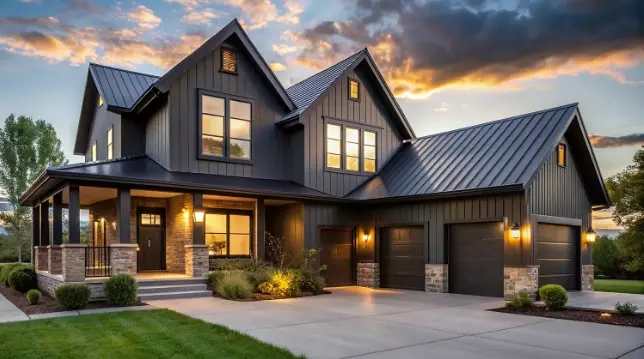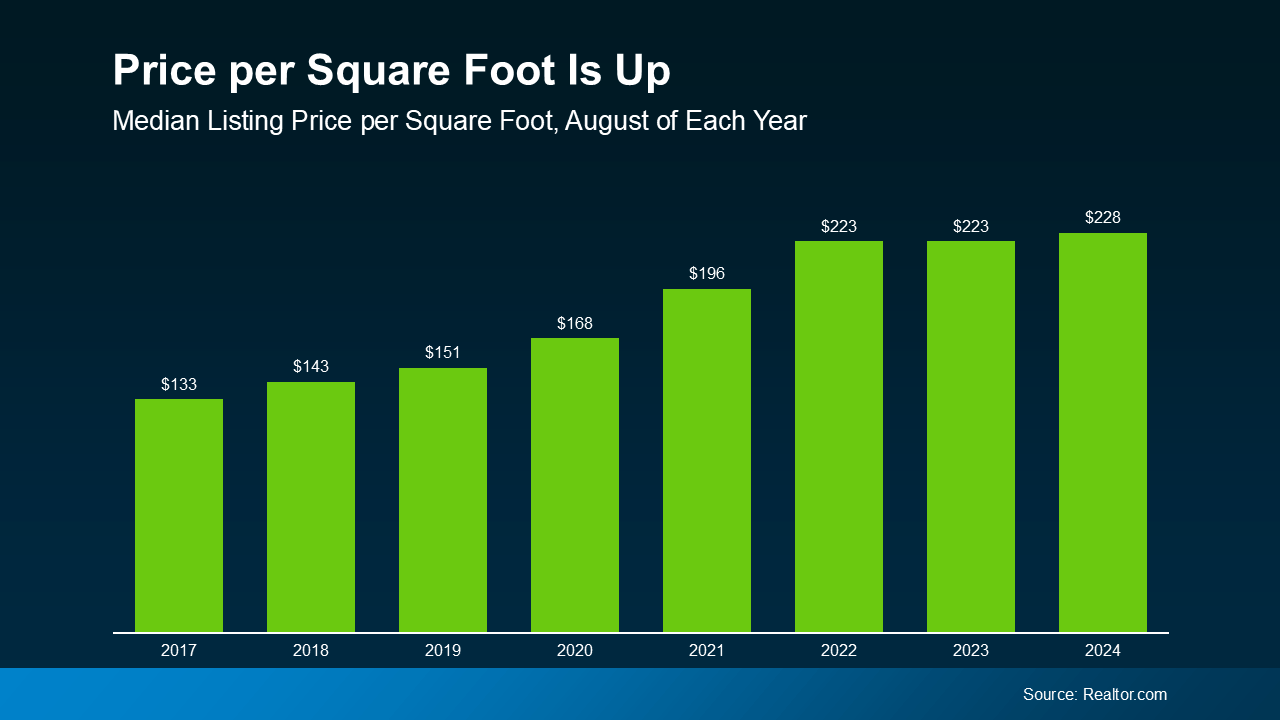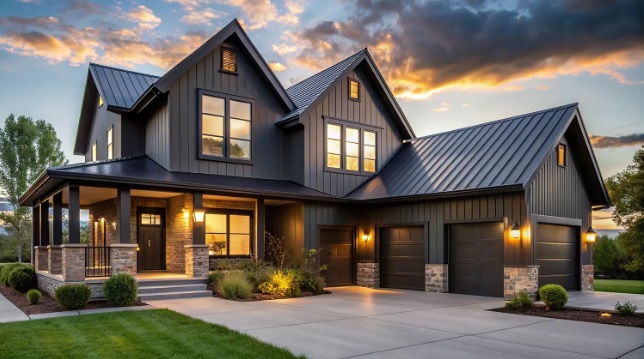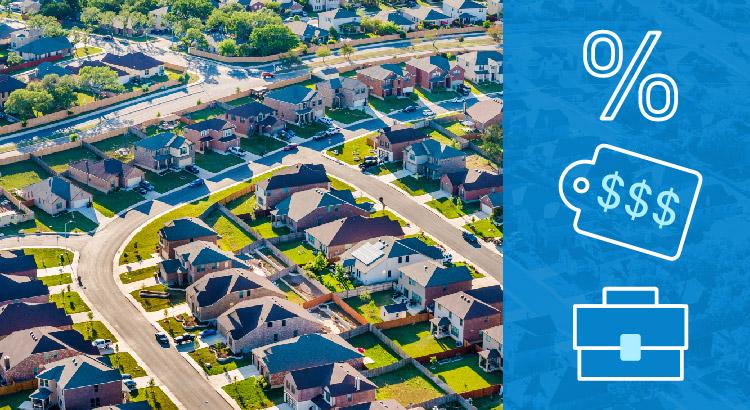Home Prices Increase Even as Median Prices Falter

In the ever-evolving world of real estate, 2023 has proven to be a year of contrasts and unexpected trends. While the median home prices have shown signs of faltering, the overall home prices continue to rise, creating a paradox that has left many potential buyers and market analysts scratching their heads. This dichotomy is driven by several underlying factors that are reshaping the landscape of the housing market.
One of the most notable trends influencing this phenomenon is the size of homes currently on the market. Data indicates that homes available for sale are generally smaller than those in previous years. This shift can be attributed to changing buyer preferences and economic constraints. With rising construction costs and a focus on sustainability, many new builds are designed to be more efficient and compact. Additionally, urban living trends have seen a surge in demand for smaller, centrally-located properties over sprawling suburban homes.

Despite the reduction in home sizes, the price per square foot continues its upward trajectory. This increase can be partially explained by supply and demand dynamics. The inventory of available homes remains tight, with fewer new listings entering the market. Consequently, buyers are competing for limited options, driving up prices even as the overall square footage shrinks. It's a classic case of scarcity driving value—a fundamental principle in economics.
For buyers navigating this complex market, understanding these nuances is crucial. The rise in price per square foot means that while you may be paying more for less space, you're also investing in properties that are highly sought after and likely to appreciate in value over time. It's essential to weigh these factors carefully when making purchasing decisions.
Moreover, location continues to play a significant role in real estate valuations. Urban centers and desirable neighborhoods command higher prices per square foot compared to less sought-after areas. Buyers should consider not just the immediate cost but also the long-term benefits of owning property in high-demand locations.
Another factor contributing to rising home prices is inflationary pressures affecting various sectors, including construction materials and labor costs. As builders face higher expenses, these costs are inevitably passed on to buyers, further inflating home prices even as median values appear stagnant or declining.
For sellers, this market presents unique opportunities and challenges. On one hand, smaller homes with higher price tags can translate into quicker sales and potentially higher profits per transaction. On the other hand, sellers must be mindful of pricing strategies to avoid alienating potential buyers who might be deterred by high costs relative to size.
In summary, while median home prices may give an impression of stability or decline, a deeper dive into current market conditions reveals a more complex picture. Homes on the market right now are generally smaller, yet their price per square foot continues to rise due to factors like limited inventory, inflationary pressures, and changing buyer preferences.
For both buyers and sellers, staying informed about these trends is vital for making sound real estate decisions. As always in real estate, knowledge is power—understanding the intricacies behind headline figures can provide a significant advantage in navigating today's dynamic housing market.
Keep an eye on upcoming market updates as we continue to monitor these evolving trends and provide insights to help you make informed real estate decisions.
Categories
Recent Posts



